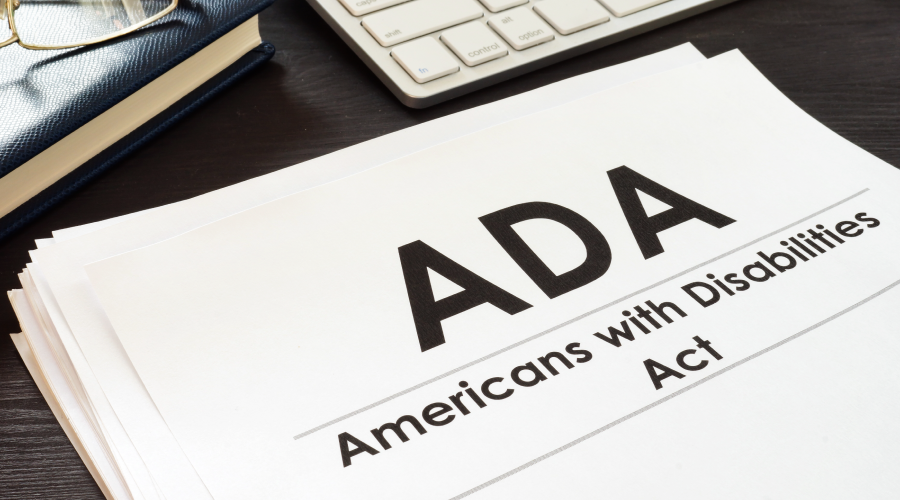
How Do ADA Regulations Differ from Building Codes?
Joan Stein of Stein Consulting LLC explains the nuances of the ADA. June 15, 2023
By Jeff Wardon, Jr., Assistant Editor
ADA regulations have been around for quite some time, yet not many understand what they are. For that reason, it is important for facilities managers to learn what these regulations are and how they affect what they do. To assist with that, Joan Stein, president of Stein Consulting LLC, will be hosting an ADA-focused event for facilities managers at NFMT Remix in Orlando this October.
NFMT: How does the ADA impact facilities management practices, and what steps can facilities managers take to ensure compliance with ADA regulations?
Stein: So, the ADA impacts facility managers’ practices in every way. This is because a facilities manager has to be responsible for where their site and facility impacts visitors, employees, vendors and so forth. You have an obligation to remove barriers that prevent people with disabilities from being able to independently enter and participate.
The question I have to facility managers is this: have they been ensuring accessibility and that the ADA has been integrated into everything that they have done? If they are relying on architects, engineers and design professionals, their response when they are asked is typically, “Oh yeah, I cannot. I am with the code.” Well, for me code is a four-letter word because building code and ADA standards are not the same.
Code officials generally do not pay a whole lot of attention to accessibility. They typically will look at fire and life safety, HVAC and everything else. They generally, unless it smacks them in the face, don't look at accessibility. The problem is if a facility manager gets a complaint filed against them, they cannot turn around to the code officials and say, “Why did you do it?”
The steps they have to take started in 1992. If they have not done it yet, it is still not too late. It is only going to be too late when they get the complaint. Those are the steps they need to take to make sure that they take a very good look at your facilities. If you don't know what to look for, bring somebody in first and foremost who is very familiar with the ADA requirements.
NFMT: How do you prioritize accessibility improvements within a facility when faced with budgetary constraints? Are there any strategies for effectively allocating resources to meet ADA requirements?
Stein: If you have budgetary constraints, the most important thing to do is put a line item into the budget each year that is readily achievable. I mean, if you cannot do it this year, can you do it next year? The most effective strategy is to put a line-item budget. Unfortunately, what I have found over the years is that a lot of businesses do not do that. They wait to get sued and then they have another resource for that funding and that is their litigation budget.
Another secret, and I do not understand why it is a secret because it is very effective, check your insurance policy. First and foremost, if and when you look at your ADA barriers, that is part of your risk management program. I have advised a number of clients over the years to get financial assistance as part of their insurance policy to pay for the corrections.
To learn more about the nuances of the ADA, be sure to check out Stein’s event at NFMT Remix running from October 25-26. Register for Remix here.
Jeff Wardon, Jr. Is the assistant editor for the facilities market.
Next
Read next on FacilitiesNet












